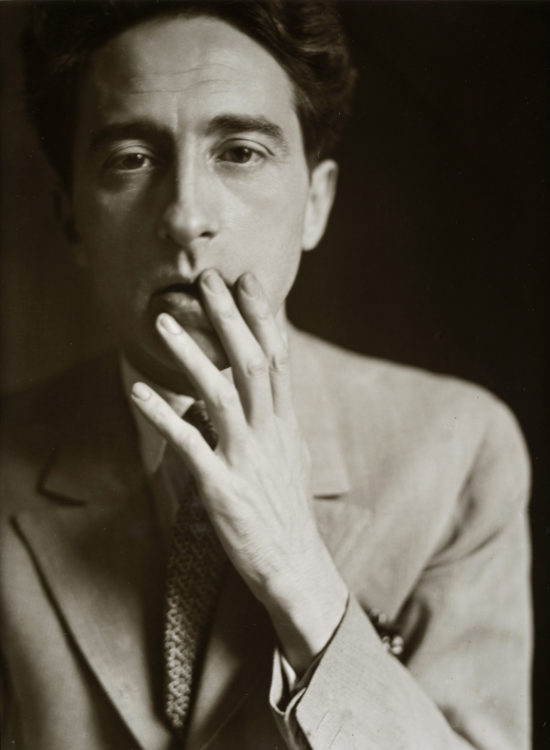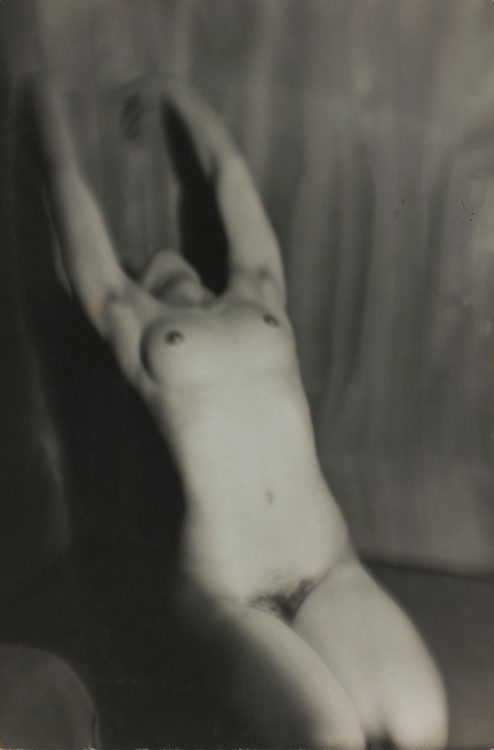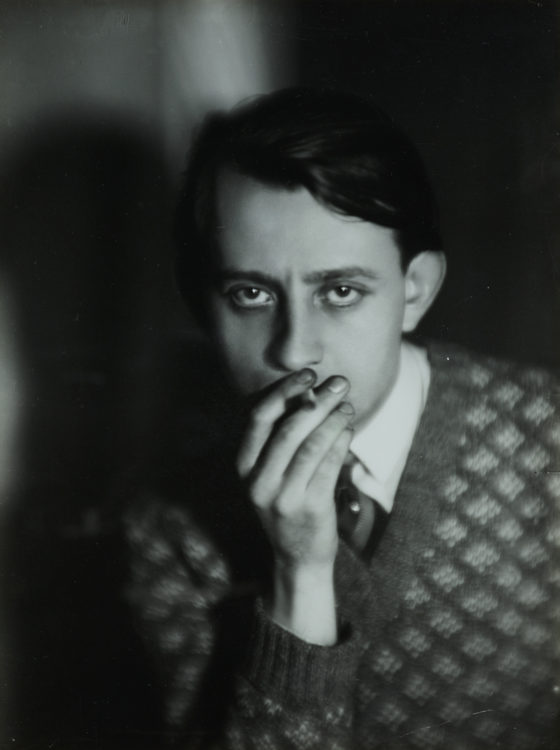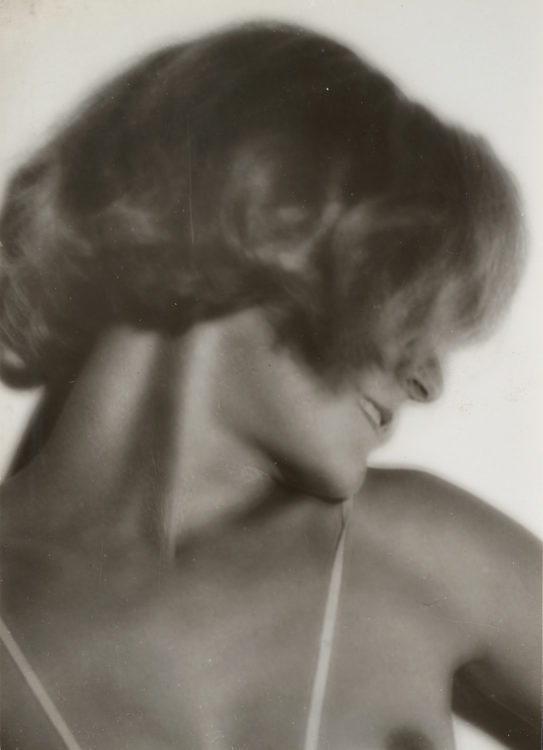Queer Places:
Mandarin Oriental, 48 Oriental Ave, Khwaeng Bang Rak, Khet Bang Rak, Krung Thep Maha Nakhon 10500, Thailand
 Germaine
Luise Krull (20 November 1897 – 31 July 1985) was a photographer,
political activist, and hotel owner.[1]
Her nationality has been categorized as German,[2]
French,[3]
and Dutch,[4]
but she spent years in Brazil, Republic of the Congo, Thailand, and India.[1]
Described as "an especially outspoken example" of a group of early
20th-century female photographers who "could lead lives free from convention",
she is best known for photographically-illustrated books such as her 1928
portfolio Métal.[5]
Germaine
Luise Krull (20 November 1897 – 31 July 1985) was a photographer,
political activist, and hotel owner.[1]
Her nationality has been categorized as German,[2]
French,[3]
and Dutch,[4]
but she spent years in Brazil, Republic of the Congo, Thailand, and India.[1]
Described as "an especially outspoken example" of a group of early
20th-century female photographers who "could lead lives free from convention",
she is best known for photographically-illustrated books such as her 1928
portfolio Métal.[5]
Krull was born in
Posen-Wilda, a district of
Posen (then
in Germany; now
Poznań, Poland), of an affluent German family.[1]:5–6
In her early years, the family moved around Europe frequently; she did not
receive a formal education, but instead received
homeschooling from her father, an accomplished engineer and a free thinker
(whom some characterized as a "ne'er-do-well").[1]:6–7
Her father let her dress as a boy when she was young, which may have
contributed to her ideas about women's roles later in her life.[6]
In addition, her father's views on social justice "seem to have predisposed
her to involvement with radical politics."[6]
Between 1915 and 1917 or 1918 she attended the
Lehr- und Versuchsanstalt für Photographie, a photography school in
Munich, Germany, at which
Frank Eugene's teaching of
pictorialism in 1907–1913 had been influential.[1]:9–13
She opened a studio in Munich in approximately 1918, took portraits of
Kurt
Eisner and others, and befriended prominent people such as
Rainer Maria Rilke,
Friedrich Pollock, and
Max Horkheimer.[1]:13–16
Krull was politically active between 1918 and 1921. In 1919 she switched
from the Independent Socialist Party of Bavaria to the
Communist Party of Germany, and was arrested and imprisoned for assisting
a
Bolshevik emissary's attempted escape to Austria.[1]:18–22
She was expelled from Bavaria in 1920 for her Communist activities, and
traveled to Russia with lover Samuel Levit.[1]:24–25
After Levit abandoned her in 1921, Krull was imprisoned as an "anti-Bolshevik"
and expelled from Russia.[1]:26–27

Germaine Krull, Jean Cocteau, 1929

Germaine Krull, Nu féminin, 1928

Germaine Krull, André Malraux, 1930

Germaine Krull, Assia, de profil, ca. 1930
She lived in Berlin between 1922 and 1925 where she resumed her
photographic career.[1]:29–43
She and
Kurt Hübschmann (later to be known as Kurt Hutton) worked together in a
Berlin studio between 1922 and 1924. Among other photographs Krull produced in
Berlin were a series of nudes (recently disparaged by an unimpressed
21st-century critic as "almost like satires of lesbian pornography"[6]).
Having met Dutch filmmaker and communist
Joris
Ivens in 1923, she moved to Amsterdam in 1925.[1]:40–43
After Krull returned to Paris in 1926, Ivens and Krull entered into a
marriage of convenience between 1927 and 1943 so that Krull could hold a
Dutch passport and could have a "veneer of married respectability without
sacrificing her autonomy."[1]:67–70[7]
In Paris between 1926 and 1928, Krull became friends with
Sonia Delaunay,
Robert Delaunay,
Eli Lotar,
André Malraux,
Colette,
Jean
Cocteau,
André
Gide and others; her commercial work consisted of fashion photography,
nudes, and portraits.[1]:83–89
During this period she published the portfolio Métal (1928) which
concerned "the essentially masculine subject of the industrial landscape."[5]
Krull shot the portfolio's 64 black-and-white photographs in Paris, Marseille,
and Holland during approximately the same period as Ivens was creating his
film De
Brug ("The Bridge") in Rotterdam, and the two artists may have
influenced each other.[1]:70–77
The portfolio's subjects range from bridges, buildings (e.g., the
Eiffel Tower), and ships to bicycle wheels; it can be read as either a
celebration of machines or a criticism of them.[1]:77–82
Many of the photographs were taken from dramatic angles, and overall the work
has been compared to that of
László Moholy-Nagy and
Alexander Rodchenko.[6]
In 1999–2004 the portfolio was selected as one of the most important
photobooks in history.[8][9][10][11]
By 1928 Krull was considered one of the best photographers in Paris, along
with
André Kertész and
Man Ray.[1]:90
Between 1928 and 1933, her photographic work consisted primarily of
photojournalism, such as her photographs for Vu, a French magazine.;[1]:97–112[5]
also in the early 1930s, she also made a pioneering study of employment black
spots in Britain for Weekly Illustrated (most of her ground-breaking
reportage work from this period remains immured in press archives and she has
never received the credit which is her due for this work).[12]
Her book Études de Nu ("Studies of Nudes") published in 1930 is still
well-known today.[5][10]
Between 1930 and 1935 she contributed photographs for a number of travel and
detective fiction books.[1]:113–125
In 1935–1940, Krull lived in
Monte
Carlo where she had a photographic studio.[13]
Among her subjects during this period were buildings (such as casinos and
palaces), automobiles, celebrities, and common people.[13]
She may have been a member of the
Black Star photojournalism agency which had been founded in 1935, but "no
trace of her work appears in the press with that label."[1]:127
In World War II, she became disenchanted with the
Vichy France government, and sought to join the
Free French Forces in Africa.[6]
Due to her Dutch passport and her need to obtain proper visas, her journey to
Africa included over a year (1941–1942) in Brazil where she photographed the
city of
Ouro Preto.[1]:227–231
Between 1942 and 1944 she was in
Brazzaville in
French Equatorial Africa, after which she spent several months in
Algiers
and then returned to France.[1]:231–243
After World War II, she traveled to Southeast Asia as a war correspondent,
but by 1946 had become a co-owner of the
Oriental Hotel in Bangkok, Thailand, a role that she undertook until 1966.[1]:245–252[6]
She published three books with photographs during this period, and also
collaborated with Malraux on a project concerning the sculpture and
architecture of Southeast Asia.[1]:252–255
After retiring from the hotel business in 1966, she briefly lived near
Paris, then moved to Northern India and converted to the
Sakya school
of
Tibetan Buddhism.[1]:257–260
Her final major photographic project was the publication of a 1968 book
Tibetans in India that included a portrait of the
Dalai
Lama.[1]:257–263
After a stroke,
she moved to a nursing home in
Wetzlar,
Germany, where she died in 1985.[1]:265
My published books:


BACK TO HOME PAGE

- https://en.wikipedia.org/wiki/Germaine_Krull
 Germaine
Luise Krull (20 November 1897 – 31 July 1985) was a photographer,
political activist, and hotel owner.[1]
Her nationality has been categorized as German,[2]
French,[3]
and Dutch,[4]
but she spent years in Brazil, Republic of the Congo, Thailand, and India.[1]
Described as "an especially outspoken example" of a group of early
20th-century female photographers who "could lead lives free from convention",
she is best known for photographically-illustrated books such as her 1928
portfolio Métal.[5]
Germaine
Luise Krull (20 November 1897 – 31 July 1985) was a photographer,
political activist, and hotel owner.[1]
Her nationality has been categorized as German,[2]
French,[3]
and Dutch,[4]
but she spent years in Brazil, Republic of the Congo, Thailand, and India.[1]
Described as "an especially outspoken example" of a group of early
20th-century female photographers who "could lead lives free from convention",
she is best known for photographically-illustrated books such as her 1928
portfolio Métal.[5]





